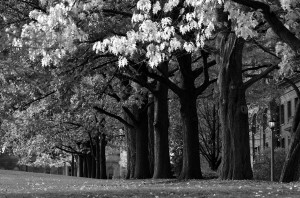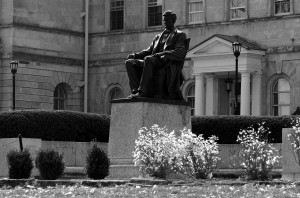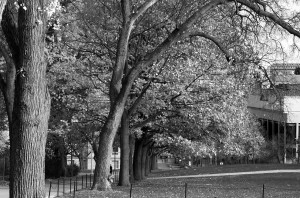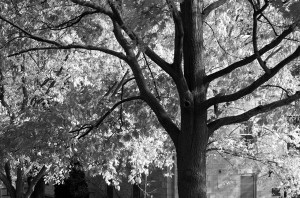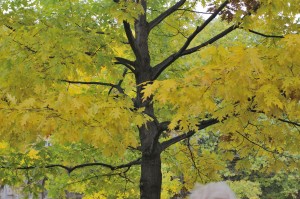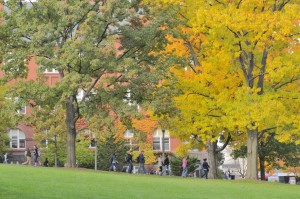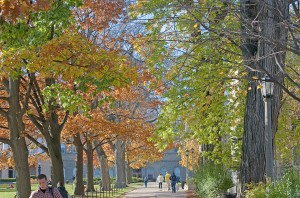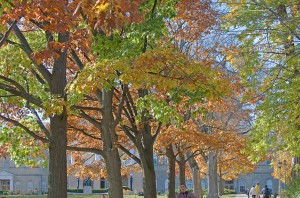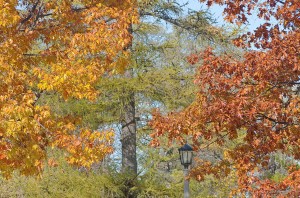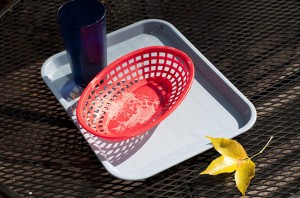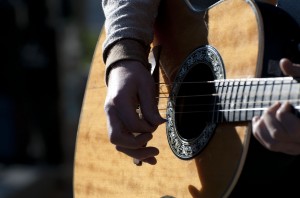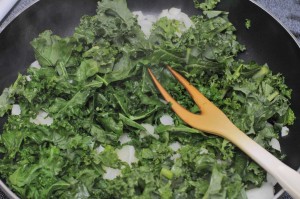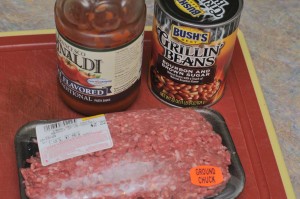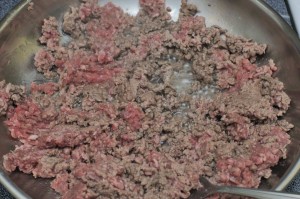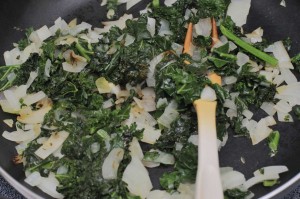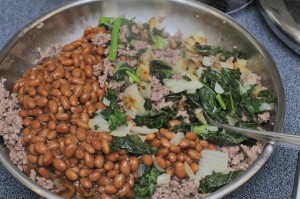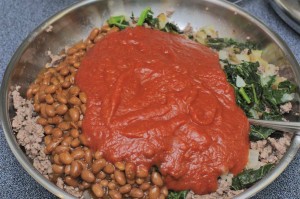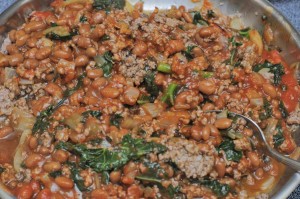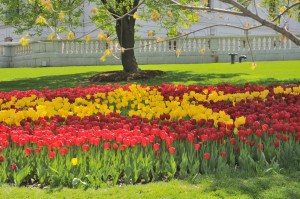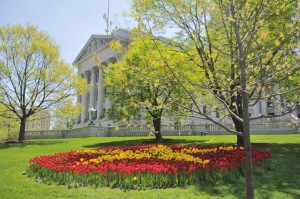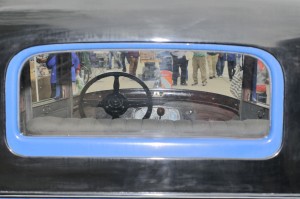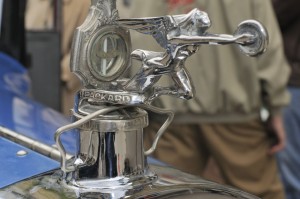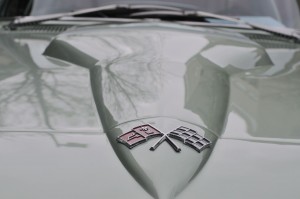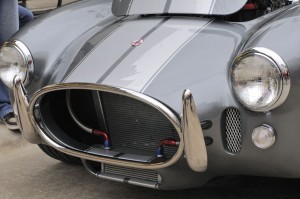My photography / graphics portfolio includes this computer generated and computer enhanced image. It is neat to do a graphic that appears in a major magazine like Popular Science. This same image also appeared in around 10 or so other magazines around the same time frame of 1986. Two magazines that this also appeared in are: Aviation Week and Space Technology, and Discover magazine. Sometime I may collate or take pictures of these other appearances just for the digital record.
This graphic got so much attention. It is somewhat stunning though. This work is associated with some work on holographic pattern recognition called the lock and tumbler filter. The technical work was interesting and involved signal processing, mathematical Fourier decompositions, other advanced mathematics, computer simulations, the making of state of the art holograms, and laser laboratory work. But the graphics was so stunning that it stole the show.
The graphics software was all custom code written by myself. So was the pseudo coloring software. This was before Photoshop. (You could not do this in Photoshop).
- The simulations were written in Fortran 77, were written by myself, and were run on VAX machines (probably a VAX 780). I wrote the drivers for the color display; it used QIOW constructs – special VAX architecture I/O below the ACP.
- The photo was a special state of the art accomplishment also. The photo was a 4×5 photo taken off the analog RGB lines of the AED 767 display screen using a custom modified Matrox camera. This was a 4×5 film photo of a digital screen. (Jim Van DeVerde (sp?) did the custom electronic modifications.)
- I took the picture of the plane-looking image and Don took the picture below it in the Popular Science article. (This was before Ellen joined the group.) The second picture was the real hologram, and the picture is of its phase. The first picture, “the plane”, was really a double check on the codes in which 30 Fourier harmonics were recombined to reproduce the original. It is the “rotational Gibbs phenomena” that makes it look pretty when pseudo-colored.
- If you Google “George Schils” or better yet “G F Schils” you can look at some of the associated publications on pattern recognition and rotation invariance. This was an interesting piece of work.
I became known for stunning graphics and there was other fantastic graphics besides this Popular Science appearance. (I believe some of my viewgraphs were used for presentations to Congress.) It probably cost me my career in science, unfortunately, although I was probably better at the mathematics than the graphics.
The national labs are cool because just about every aspect of the problem was state of the art. (I could say a lot more about our video lab.) When a problem is in the national interest, they can muster tremendous forces, and they have tremendous capability, talent, and laboratory facilities on hand.
Some other comments about the co-workers in this article:
- Ellen (Ph.D., Stanford, electrical engineering, nonlinear optical photo-refractive crystals) became an astronaut and flew on the Space Shuttle.
- Don with his ability in optics (he was a full professor at Perdue and left for Sandia) worked on leading X-ray lithography techniques for next generation deep UV and X-ray semi-conductor optics, after this. The current generation of chips is due very much to him.
I still remember living in Livermore, the fresh smelling grass (not the kind in Madison – I have never smoked “pot”) while driving to work along a back country road and turning on either Vasco or Tesla Roads to get to work. I would drive alongside vineyards. I would go by Concannon Vineyards every day, for example. My commute was around 10 minutes. Then there is the Livermore Rodeo – yes they hold a yearly rodeo. At first you laugh at this but then after a while you like it. And the Danville Livery and Saloon still stands and makes you wonder what century this is, but as rich people in their Ferraris drive by it, well, you don’t laugh anymore. And girls in Livermore! Well, Jessica Simpson would be below average in Livermore! It’s a bit like a James Bond thing.
I would like to say more in my autobiography.

